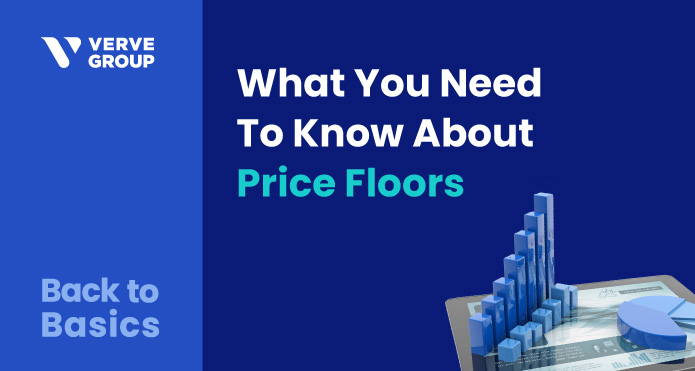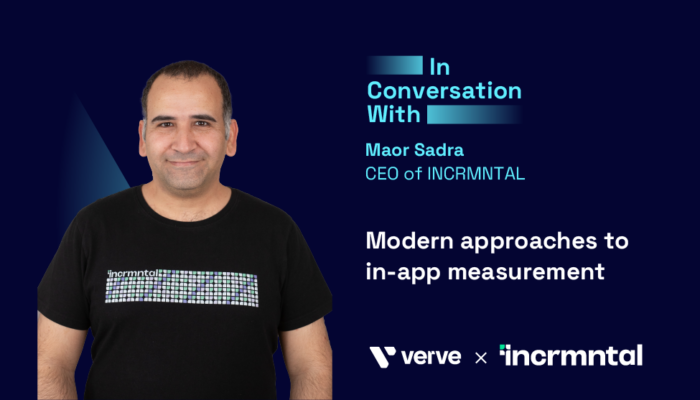In the age of real-time bidding, publishers have to deal with ad prices changing constantly. Well, if you’re a publisher feeling stuck on how to set a price floor for your ad inventory, you’ve come to the right place. As a publisher, it’s important to set the best floor price for your ad inventory that maximizes revenue while still attracting advertisers. Let’s take a look at five important considerations for understanding the value of your ad slots.
1. Don’t mix up CPM and eCPM
CPM stands for cost per mille, a pricing model where advertisers purchase ad space based on impressions per thousand. Advertisers pay a certain amount for every 1,000 times their ads appear online. As a publisher, this is the price you charge advertisers for displaying their advertisements on 1,000 times impressions.
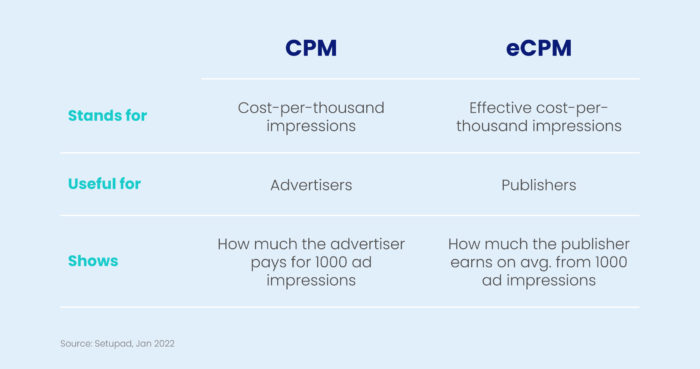
On the other hand, effective cost per thousand impressions, or eCPM, is an important metric for publishers. Publishers can determine which ad types or networks generate the most profits by comparing their earnings. To calculate eCPM, publishers use the formula of (Total Earnings / Total Impressions) x 1000.
For instance, if a publisher earns $100 from 10,000 ad impressions, their eCPM would be $100/10,000*1000 = $10. Therefore, they would earn $10 on average for every 1,000 ad impressions.
While a higher eCPM is certainly desirable, it doesn’t necessarily mean that you’ll generate a lot of revenue. This is because eCPM is only a measure of how much money you make per thousand impressions. eCPM doesn’t take into account your fill rate, which is the percentage of ad requests actually served with an ad.
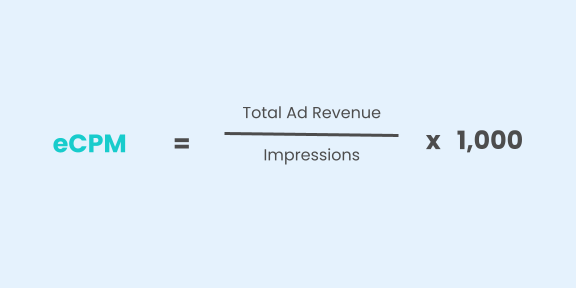
For example, let’s say you have an eCPM of $10. That means you make $10 for every thousand impressions. But if your ad fill rate is only 50%, then you’re only actually making $5 for every thousand impressions.
Why doesn’t my fill rate reach 100%?
A low fill rate means that a high percentage of ad requests did not result in an ad being served. There are a number of reasons why this might happen:
- Lack of demand: If there are not enough advertisers willing to pay to have their ads shown on your website, then your fill rate will be low.
- Page latency: If it takes too long for your page to load, then visitors will leave before the ad has a chance to load, resulting in a lower fill rate.
- Ad blockers: If a large portion of your visitors is using ad blockers, they will never see the ads on your site, no matter how well you manage your inventory.
- Reporting discrepancy: It’s possible that there is a discrepancy between the number of impressions being reported by your ad server and the number actually being served. This could be due to caching issues, browser differences, or other factors.
2. Pay attention to price floor optimization
In real-time bidding, the floor price is the lowest price a publisher will accept for their ad inventory. Publishers set this price and it cannot be negotiated. If you’re not careful, setting a high floor price can actually hurt your revenue. A high floor price can lower your ad fill rate because there might be fewer buyers willing to pay your price.
Of course, there’s a balance to strike here. If your floor price is too low, then you won’t be able to generate enough revenue to sustain your business. But if it’s too high, then you might not be able to generate any revenue at all!
3. Understand the type of price floor
Hard Price Floor
A hard floor is when a publisher sets a fixed price for an ad inventory. By ensuring that your ad prices are always above a certain minimum, you can attract more high-quality advertisers willing to commit to longer-term deals. Nevertheless, publishers should be careful not to set the price too high, as this may result in a loss of earnings. The downside of a hard floor pricing strategy is the need to manually adjust the minimum price based on market demand, which often means missing out on fill rate opportunities.
Soft Price Floor
A soft price floor occurs when publishers offer ad inventory at a lower price than usual to attract more buyers and increase their inventory fill rate. While soft pricing can be beneficial for publishers, it can also lead to lower-quality ad placements. And, just like hard price floors, this method also requires manual adjustments to market demand.
4. Take advantage of dynamic price floors
Dynamic floor price optimization is a general approach allowing publishers to take advantage of different opportunities based on various factors impacting the market. The basic idea behind dynamic floor price optimization is to use historical data to continually adjust the price in response to changes in market conditions. The historical data are often associated with factors such as country, seasonality, device, and ad inventory format. By pricing dynamically, publishers can take advantage of opportunities as they arise, ensuring they’re not leaving money on the table.
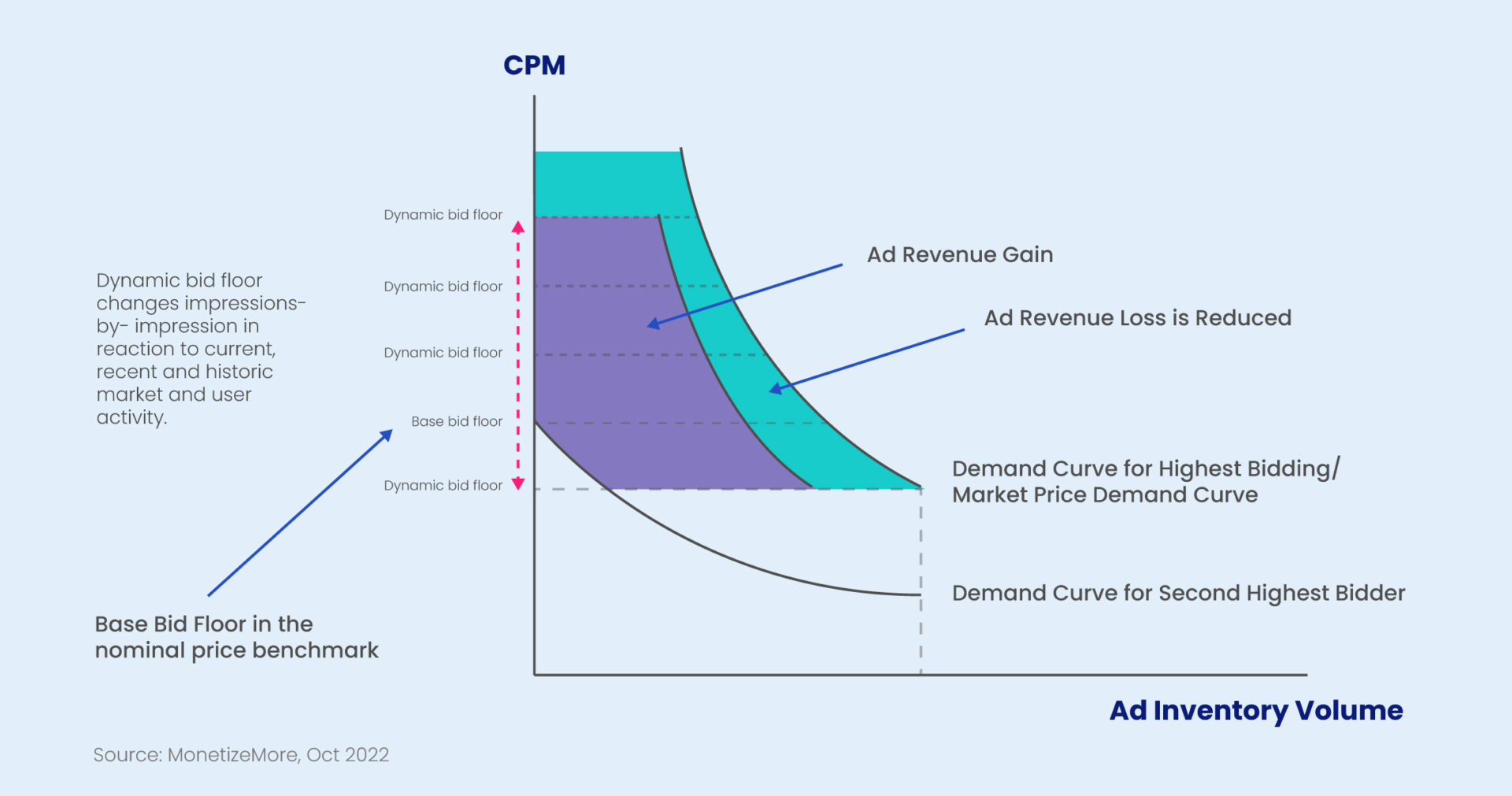
Dynamic Pricing Scenario: So let’s say a publisher has a floor price of $1 for an ad unit that advertisers had previously been bidding for $3. A dynamic floor price pushes the CPM higher. It may be necessary for the advertiser to bid $2 in this scenario to win the auction and for publishers not to miss out on earrings.
5. Understand the important factors that impact your price floor
- Ad conversions: The value of an ad unit is also tied to the value created for advertisers with every conversion. A high conversion rate is therefore a win-win situation for both publishers and advertisers.
- Competition for each ad unit: If only a few advertisers are competing for an ad spot, your floor price may be lower than if numerous advertisers participate.
- Ad spotting: When it comes to online advertising, the more exposure your ads have, the more likely potential customers will see the ads. To reach a wider audience, consider increasing your ad spotting.
- Type of ad format: Depending on your audience, some ad formats can be more effective than others. Try different types to understand which has a better fill rate. A recent eMarketer study found ads that rewarded players after watching the whole advertisement were the most popular among users.
Wrapping Up
There you have it: 5 essential considerations for understanding floor pricing for programmatic ad bidding. What’s next? You’ve set your sights on success, but you can’t achieve your goals alone. You need a partner who can help you get there. Publishers and advertisers working with Verve benefit from our expertise in achieving their KPIs.
About Back to Basics
Advertising technology is a complicated world. What’s more, it’s constantly changing. That’s why it’s so important to develop a strong understanding of the nuts and bolts of ad tech. The Back to Basics blog series is dedicated to providing readers accurate, simple, and useful information about ad tech. Whether it’s untangling jargon, breaking down the advertising supply chain, or figuring out what trends actually matter to you, Verve’s team is here to help you make sense of it.
About the Author
“My name is Marziyeh, and I was born and raised in the city of Tehran. I was new to ad tech when I joined Verve in August 2022, but each day I’m learning something new. I have become familiar with a wide variety of technical terminology that previously sounded very foreign, and I’m excited to share my journey and learnings as part of the Back to Basics blog series.
Growing up, I was always fascinated by two things. One was an exploration of nature, diverse cultures and languages, and the other was the art of cultural dancing from different countries. Therefore, when I am not working as a Product Marketing Manager, I love exploring different countries’ nature, tradition, and culture, as well as learning different styles of dancing.”

